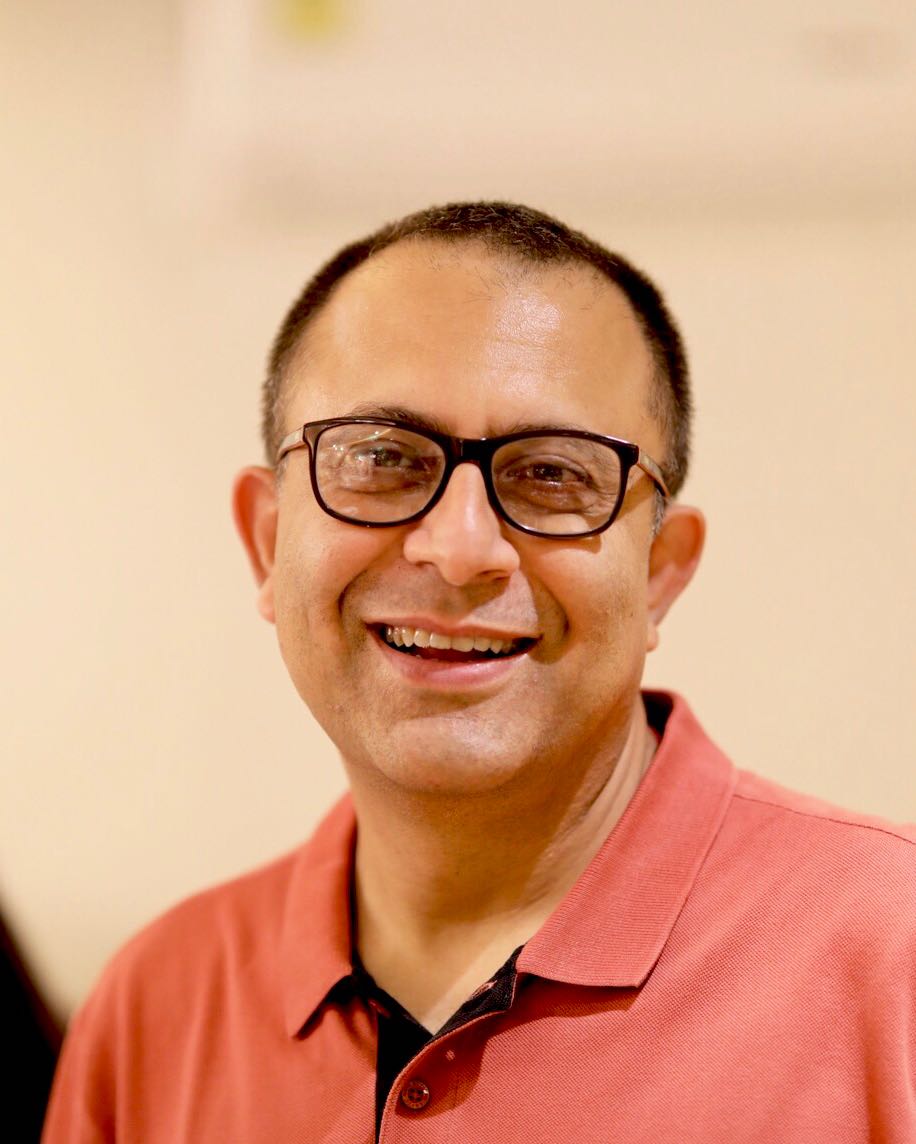Notes on onboarding the next billion
Latest Articles
PayJoy Impact Report 2023
PayJoy: A Mission-driven Public Benefit Corporation PayJoy provides responsible consumer credit to underserved individuals in emerging markets. As a Public Benefit Corporation dedicated to responsible lending, we ensure that we are having a positive impact on our customers’ financial well being, which we track by monitoring that most of our…
Celebrating our continued commitment to the environment: PayJoy is Carbon Neutral one more year
At PayJoy, we are proud to announce that we have made a significant effort to offset our carbon footprint from 2022 by investing in a wind energy project in South Africa, one of the countries where we operate, through our ongoing partnership with ClimatePartner. As a socially responsible company, PayJoy…
Breakthroughs in affordability unleash smartphone growth in Africa
Innovative technologies like the PayJoy Lock are likely to lead to the next smartphone boom on the continent. The last few years have been tough for smartphone shipments in Africa. However, according to the most recent figures announced by International Data Corporation (IDC) in 2018, Africa experienced year-on-year growth in…
A Covid-19 Vaccine (for Lenders)
By Gib Lopez, Co-Founder and COO and Camila Perez Aloi, Senior Risk Manager When we started PayJoy five years ago, our theory was that we could unstick the credit ecosystem by providing customers with little or no access to credit with collateral in the form of smartphones and giving lenders…
PayJoy’s commitment to consumer privacy
By Jaideep Mirchandani, Chief Product Officer In previous PayJoy blog posts, we highlighted the problem of lending to the underbanked and how PayJoy technologies are helping to solve this problem. Core technologies like the PayJoy Lock and Score enable our partners to reach underserved consumers by solving the collateral and…
Enabling Powerful Smartphone Subsidies
India’s feature phone shipments grew faster than smartphone shipments for the very first-time in 2018 thanks in part to an innovative finance program According to the latest research from Counterpoint’s Market Monitor service, in 2018, India’s overall mobile phone shipments grew 11% and smartphone shipments grew 10% with feature phones…



